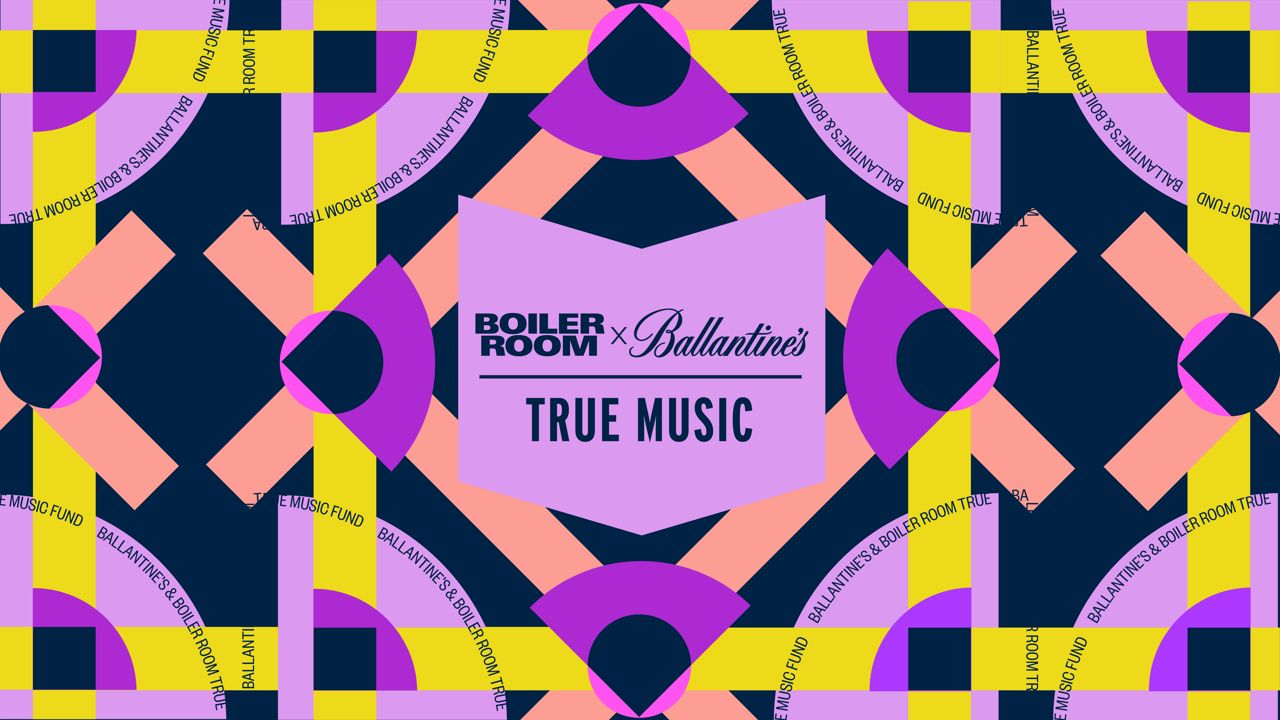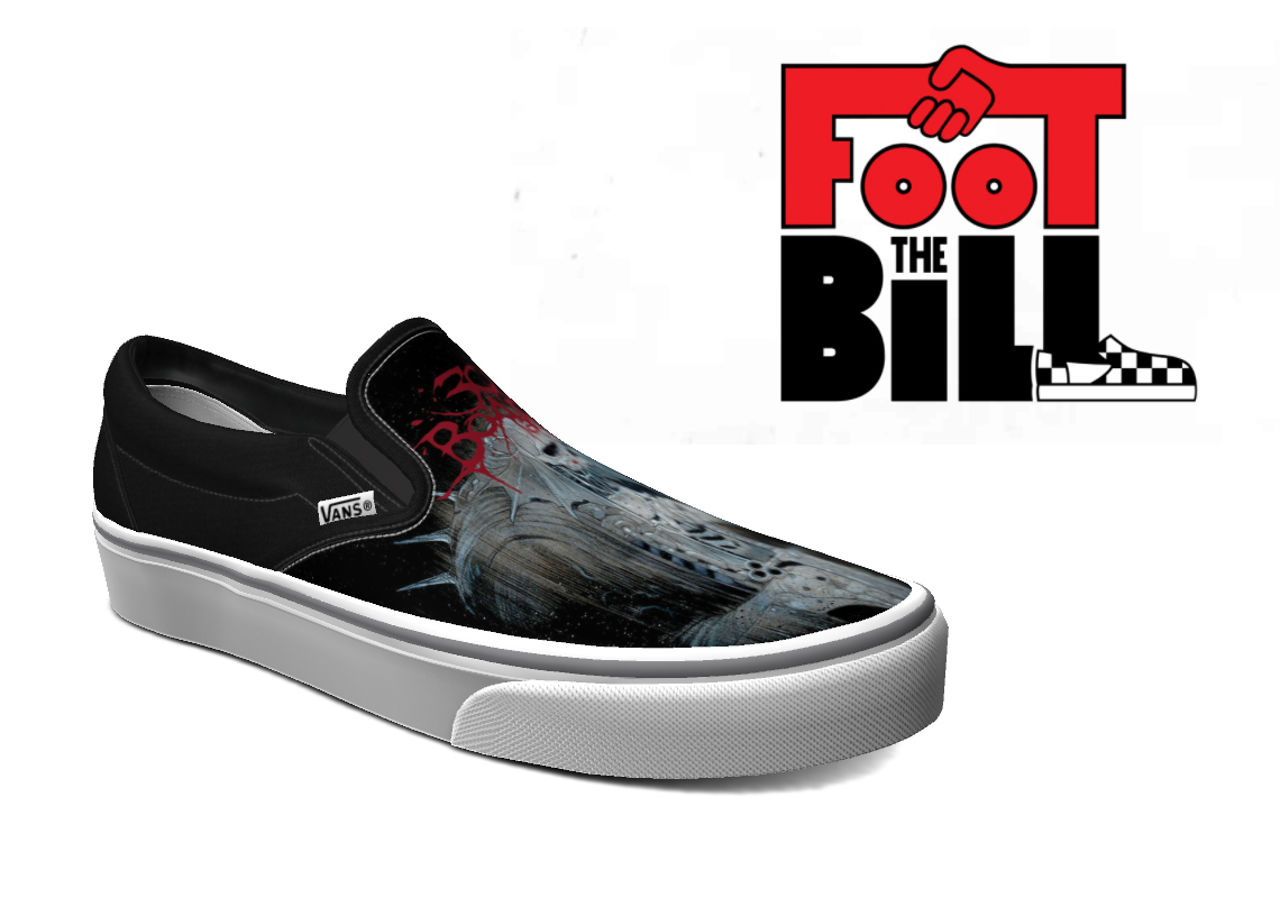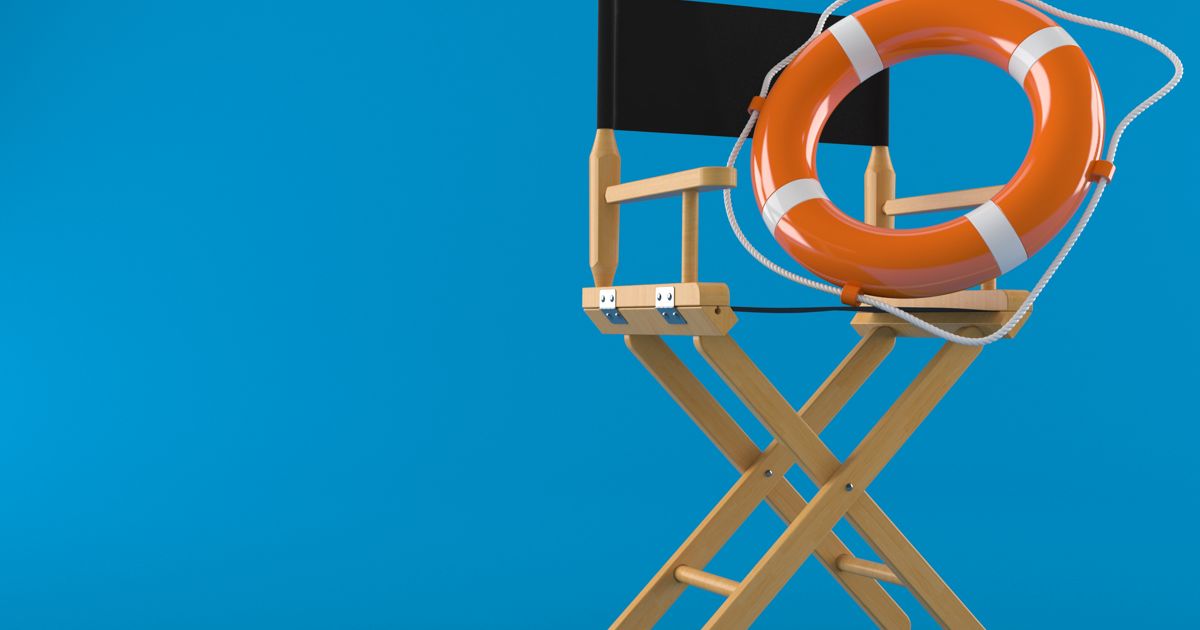How brands can use their clout to save a lost generation of creators
Alex Wilson, Head of Content at Amplify, worries that a generation of creators might suffer due to the coronavirus pandemic and argues that it's possible for brands to help foster a new wave of cultural energy and creativity.
With Covid-19 putting everything from festivals to exhibitions on ice, there’s an entire generation of young creators that’s had its showcase opportunities savagely taken away.
As a mentor and judge for The Reel Film Challenge (a competition that, in more innocent times, asks aspiring filmmakers to travel across countries to make the ultimate adventure film) I’ve seen first-hand how lockdown is killing opportunities for fresh talent to come through the ranks.
By supporting creators’ end goals, brands can add depth and authenticity to their marketing; not just during the pandemic, but well beyond.
Our grassroots cohort of creators is an incredibly precious asset for the future of ad land, an industry that’s so utterly reliant on next-gen creativity. So, it’s up to us to fix the problem. But how? By encouraging our clients to step up and use their brand power as support. Not just because it’s the ‘right thing to do’, but because supporting an otherwise lost generation of creativity will drive collaborations and campaigns that are strategically and culturally spot-on. By supporting creators’ end goals, brands can add depth and authenticity to their marketing; not just during the pandemic, but well beyond.

Above: Ballantine's partnership with Boiler Room has provided a platform for artists during the coronavirus pandemic.
Like many, artists, musicians and filmmakers have been hit hard by a dramatic loss of earnings during the crisis. But agencies and brands can use their clout to help these creators find new ways to amplify their vision, reach audiences and establish revenue streams. The value exchange, however, needs to go beyond a financial transaction. Ye olde sponsorship model just won’t cut it. Instead, brands need to open up their platforms and expertise, a la Ballantine's x Boiler Room.
Although we’re already months into the pandemic, it’s not too late to act.
Ballantines’ partnership with Boiler Room has really come in to its own under lockdown, providing a platform for artists to go beyond the confines of their homes and reach a global audience. So, we need to think about what online and offline platforms our clients can offer up, whether it be social takeovers or transforming empty retail spaces and shop windows in to cultural galleries. From music videos to merch, brand support can range from financial to in-house expertise or production and delivery capabilities.
Brand support can range from financial to in-house expertise or production and delivery capabilities.
Although we’re already months into the pandemic, it’s not too late to act. Case in point: Twitch developed Stream Aid (Covid-19’s Bob Geldof moment) in record time, uniting gaming, sports and music to raise $2.7 million for the WHO’s Covid-19 Response Fund. What’s impressive about Twitch’s response is the speed and agility they showed in mobilising such a vast array of partners to contribute to the cause.

Above: Vans' Foot the Bill initiative saw the footwear brand partner with local skate shops, restaurants, art galleries and music venues to support them by selling their custom designed Vans footwear.
In times of uncertainty, brands need to be more adaptable than ever. The brands that acted fast to play a supportive cultural role are the ones hogging the headlines. But for those yet to define their strategy, there’s still time. As both the needs of creatives and the avenues of their output are evolving, so too is the opportunity for our clients to play a positive role.
The brands that acted fast to play a supportive cultural role are the ones hogging the headlines.
Adaptability, however, won’t mean a thing unless we truly listen to creators. Too often, marketers try to lead the conversation but, as demonstrated by Instagram’s new ‘How can I help?’ sticker, it’s far better to listen to creators. No one is better placed to understand the needs of culture and creativity than the creators themselves. So, support should start with a dialogue, listening to creators to understand how to help and what can be done.
No one is better placed to understand the needs of culture and creativity than the creators themselves.
We also need to be mindful of the entire creator chain, rather than focusing on top talent. When it comes to culture, it’s easy to think only of the individuals who head up their respective scenes. But their existence depends on vast cultural ecosystems. The supporting cast is endless: venues, shops, studios, photographers, promoters, engineers... they’re all crying out for help.
Above: Dua Lipa's performance on Jimmy Fallon proved not all 'at home' performances need be devoid of creativity.
In recognition of the wider cultural ecosystem, Van’s were quick to acknowledge the potentially devastating effects this crisis is having on its cultural partners. Hence Vans’ Foot the Bill initiative was born. By creating limited edition, co-branded sneakers, Vans successfully offers support by sharing design and manufacture resources alongside exposure via its platform.
Not all content made in isolation screams ‘shaky iPhone clip’.
Lastly, if you think current government guidelines have killed filmmaking creativity, think again. Not all content made in isolation screams ‘shaky iPhone clip’. As Travis Scott’s Fortnite gig and Dua Lipa’s performance on Jimmy Fallon demonstrate, we are living through a plentiful period of ‘isolation innovation’ where new parameters force us to devise new solutions.
In the same way that the 80s recession paved the way for rave culture, this crisis could lead to new waves of cultural energy and creativity. But only if we encourage agencies and brands to support what could be another otherwise lost generation of creativity.
)




 + membership
+ membership








